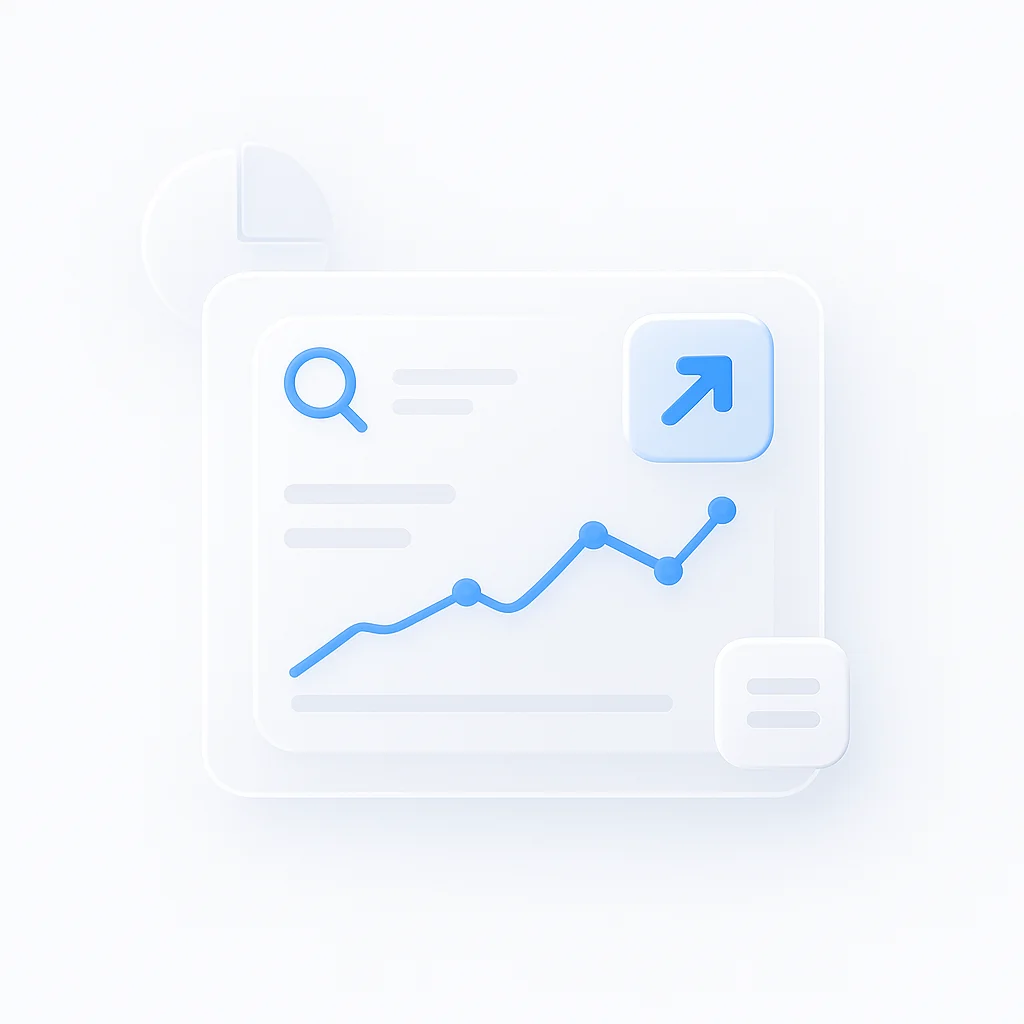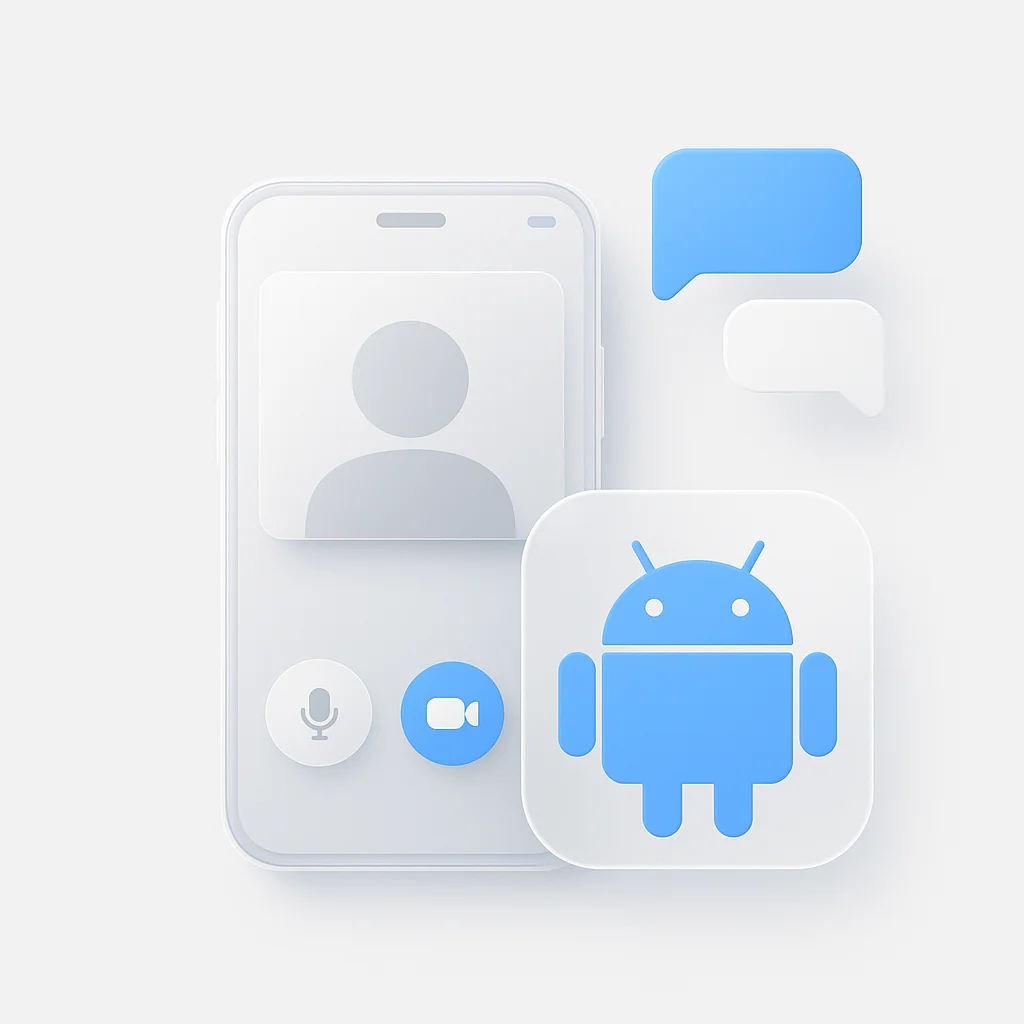Struggling with Zoom & Google Meet screen sharing? We’ve got you covered! This guide unlocks hidden features, fixes frustrating glitches, & makes you a presentation pro.
Introduction
Tired of fumbling through presentations during online meetings? Wish you could effortlessly walk colleagues through documents or software without leaving your desk? Screen sharing is your superpower!
But let’s be honest, sharing your screen can sometimes feel like juggling flaming chainsaws on a unicycle. Lag, black screens, and forgotten settings can turn a simple presentation into a tech-powered panic attack.
Fear not, brave collaborator! This comprehensive guide is your secret weapon to mastering screen sharing on both Zoom and Google Meet. We’ll dissect every setting, conquer common glitches, and unlock hidden features to transform you into a virtual meeting maestro.
Get ready to:
- Share anything seamlessly: From entire desktops to specific windows and tabs, you’ll learn to showcase exactly what you need, when you need it.
- Engage your audience: Unleash annotation tools, laser pointers, and spotlighting to keep everyone focused and interactive.
- Say goodbye to tech headaches: We’ll troubleshoot common issues and equip you with best practices for smooth, frustration-free screen sharing.
- Zoom vs. Meet? We’ve got you covered: We’ll compare both platforms to help you choose the perfect tool for every occasion.
So, buckle up, grab your mouse, and prepare to turn virtual meetings into your playground! Let’s dive into the world of screen sharing and unlock the full potential of your online collaborations.
Zoom Screen Sharing: Mastering the Art of Collaboration
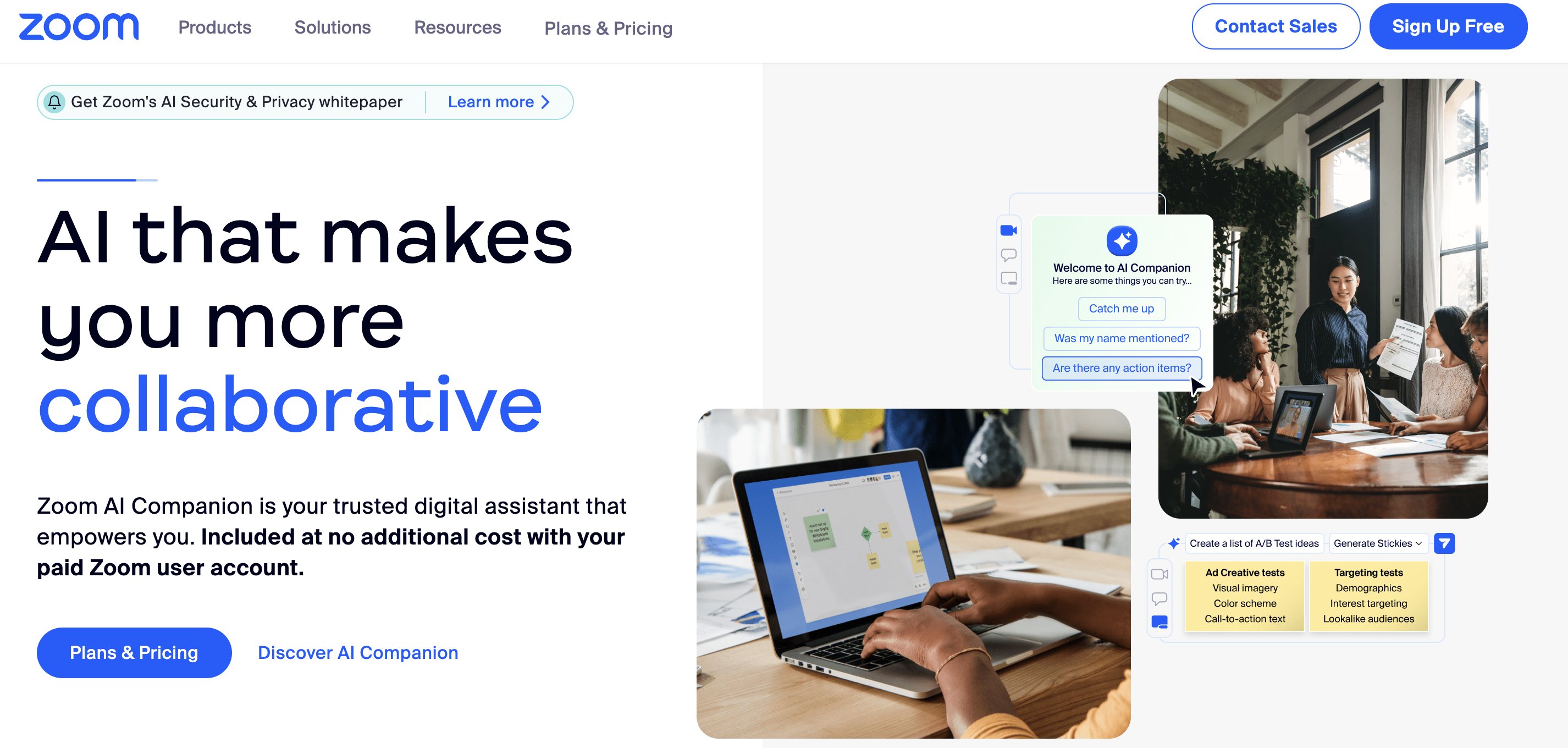
Zoom’s screen sharing capabilities go beyond mere presentations. We’ll explore the interactive tools, advanced features, and best practices that will turn you into a virtual maestro, commanding attention and sparking collaboration in every meeting. For those who want to get more out of their Zoom meetings, we offer a few tools that can help. Our Zoom video capturing tool can help you record your meetings. We also have a video call room that you can use to host your meetings, and a browser video chat for those who prefer a browser-based solution.
Getting Started:
- Initiate with ease: Locate the green “Share Screen” button in the meeting toolbar. Click it, and a menu of your shareable options will appear.
- Advanced control: Before you share, customize who can share with “Who can share?” settings. For full-screen glory, tick “Optimize for full screen.”
Sharing Options:
- Share it all: Go big and share your entire desktop for presentations, document reviews, or anything you need everyone to see.
- Focus your view: Share specific windows or applications to avoid distractions and keep the spotlight on your chosen content.
- Beyond the desktop: Dive deeper with browser tab sharing, showcase your mobile screen with iPhone/iPad sharing, or brainstorm on a virtual canvas with the whiteboard.
Enhanced Engagement:
- Annotate and draw: Highlight key points, draw diagrams, or even add emojis with the annotation and drawing tools to keep your audience engaged.
- Control the view: Give everyone the perfect angle by controlling participant view and spotlighting specific windows for targeted focus.
- Hear it loud and clear: Share computer audio for presentations with audio, tutorials, or even online music sessions.
Troubleshooting and Tips:
- Conquer the lag: Lagging screens? Close unnecessary background programs, connect to a stronger internet connection, or try lowering your screen resolution.
- Blackout blues: If your screen goes black, check the sharing settings, ensure your application is up-to-date, and restart Zoom if necessary.
- Permission pitfalls: Grant Zoom screen sharing access in your computer settings to avoid permission hiccups.
- Pro tips: Minimize background noise, close unnecessary notifications, and practice beforehand for smooth and confident screen sharing.
Zoom screen sharing is a powerful tool for collaboration and engagement. By mastering these techniques, you’ll be ready to own the virtual stage and wow your audience in every meeting.
Google Meet Screen Sharing: Take Center Stage in Your Collaboration
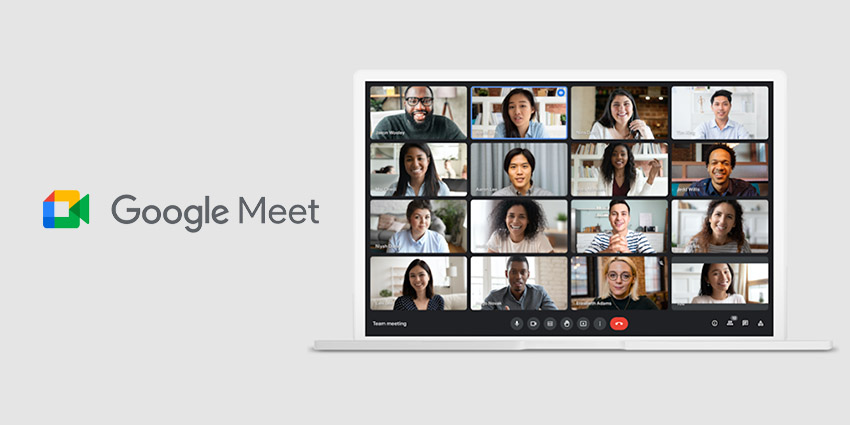
Google Meet offers another potent platform for sharing your screen and captivating your virtual audience. Let’s dive into mastering this skill:
Joining and Accessing Sharing Controls:
- Join the meeting: Simply enter the meeting code or click the link provided.
- Locate the “Present Now” button: Look for the three vertical dots at the bottom right corner of the screen. Click them to reveal a menu, and there you’ll find the “Present Now” button.
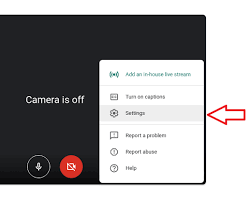
Sharing Options:
- Share your entire screen: Click “Your entire screen” if you want everyone to see everything on your desktop. This is perfect for presentations or showcasing documents.
- Share specific windows: Need to focus on a particular application or window? Choose “A window” and select the desired one. This way, your audience only sees what’s relevant.

- Advanced sharing: Google Meet also lets you share browser tabs and collaborate on a virtual whiteboard. These features come in handy for brainstorming sessions or showcasing specific web content.
Interactive Features:
- Laser pointer spotlight: Highlight key points or elements on your screen with the laser pointer tool. It’s like a virtual spotlight, keeping your audience’s attention where you need it.
- Control participant view and spotlight windows: Want to give everyone the best perspective? Use the participant view control to manage how they see your screen. You can also spotlight specific windows for temporary emphasis.
- Share audio: Make your presentations and tutorials even more engaging by sharing your computer audio. This way, everyone can hear what’s happening on your screen.
Troubleshooting and Tips:
- Lag blues? Close unnecessary background programs, connect to a stronger internet, or lower your screen resolution.
- Blackout bummer? Check your sharing settings, update your apps, and restart Google Meet if needed.
- Permission problems? Grant Google Meet screen sharing access in your computer settings.
- Pro tips: Minimize background noise, close unnecessary notifications, and practice beforehand for a smooth and confident experience.
By mastering these Google Meet screen sharing techniques, you’ll transform from a virtual participant to a captivating collaborator, ready to take center stage in any online meeting.
Remember, practice makes perfect! So experiment, explore, and share your screen with confidence. You’ve got this!
Zoom vs. Google Meet Screen Sharing: Choosing Your Powerhouse Platform
Conquering virtual meetings might not seem like an Olympic sport, but choosing the right screen sharing platform can feel like a fierce competition. So, which champion reigns supreme: Zoom or Google Meet? Let’s compare their key strengths and weaknesses to help you pick your perfect match.
Comparison Table:
| Feature | Zoom | Google Meet |
|---|---|---|
| Sharing Options | Entire screen, specific windows, browser tabs, phone/tablet screen, whiteboard, other applications | Entire screen, specific windows, browser tabs, whiteboard |
| Interactive Features | Annotations, drawing tools, participant view control, window spotlighting, audio sharing, laser pointer | Annotations, drawing tools, participant view control, window spotlighting, audio sharing, laser pointer |
| Resolution | Up to 1080p | Up to 720p |
| Meeting Capacity | Free plan: 100 participants, Pro plan: 500 participants | Free plan: 100 participants, Enterprise plan: Up to 250 participants |
| Security | Advanced security features, but past vulnerabilities | Focuses on Google’s robust security infrastructure |
| Ease of Use | Requires installation for full functionality | Browser-based, no installation needed |
| Free Tier Features | Generous free features with meeting time limit (40 minutes) | Generous free features with unlimited meeting time |
| Additional Features | Breakout rooms, polling, recording, Q&A, live transcripts | Breakout rooms, polls, recording, closed captions |
| Integrations | Extensive integrations with calendar platforms, marketing tools, etc. | Integrates seamlessly with G Suite apps |
| Cost | Free plan with limitations, paid plans with more features and participants | Free plan with limitations, paid plans with more features and participants |
Choosing Your Champion:
- For advanced features and high participant capacity: Zoom takes the lead, especially for large organizations and educational institutions. Its whiteboard, multi-camera support, and higher resolution are ideal for complex presentations and interactive sessions.
- For simplicity and accessibility: Google Meet shines. Its browser-based interface and unlimited meeting time in the free tier make it perfect for casual collaborations and small group meetings.
- For security-conscious users: Both platforms offer strong security features, but Google Meet leverages the built-in security of Google’s infrastructure, which might appeal to some users.
Ultimately, the best platform depends on your needs and preferences. Consider the type of meetings you hold, the features you prioritize, and the size of your audience. Don’t be afraid to experiment with both and see which champion helps you dominate your virtual meetings!
There’s no one-size-fits-all solution. Whether you choose Zoom’s robust features or Google Meet’s ease of use, mastering screen sharing will turn you into a confident and compelling collaborator in the digital arena. Now go forth and share your screen with mastery!
Conclusion
We’ve navigated the intricacies of screen sharing on Zoom and Google Meet, equipped you with the tools and techniques to transform your virtual meetings. Remember:
- Know your platform: Zoom’s robust features shine for complex presentations, while Google Meet’s simplicity excels in casual collaborations.
- Embrace interactivity: Annotations, laser pointers, and window spotlighting keep your audience engaged and focused.
- Practice makes perfect: Don’t be afraid to experiment and explore. The more comfortable you are, the more confident you’ll be.
Now go forth and share your screen with the world! Show off your ideas, collaborate with ease, and become a virtual master of communication.
Ready to take your screen sharing skills to the next level? Subscribe to our blog for more tips, tricks, and insights into the ever-evolving world of virtual collaboration. And don’t forget to share this guide with your colleagues – together, let’s conquer every virtual meeting with confidence!
Remember, the power of screen sharing lies in your hands. Use it to connect, inspire, and make a lasting impact.


